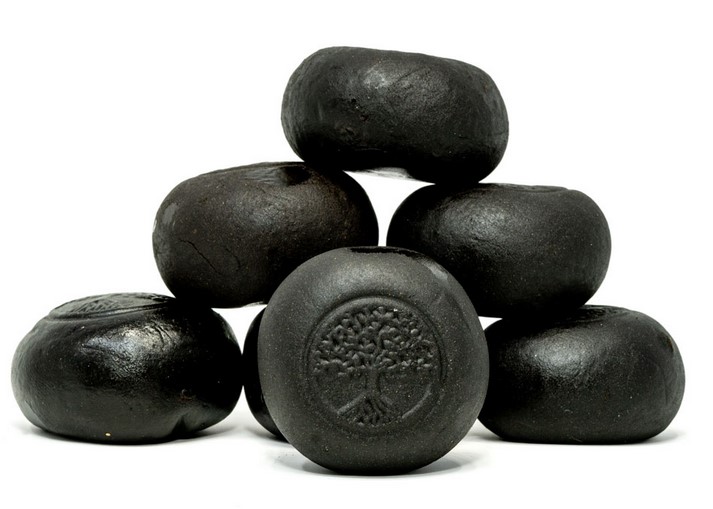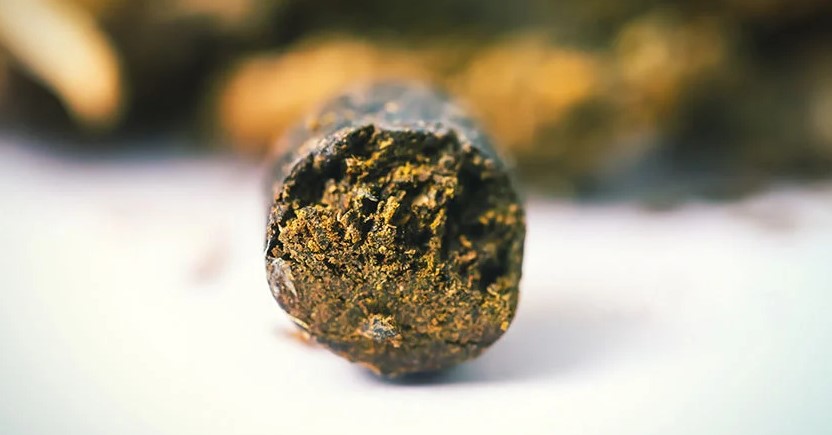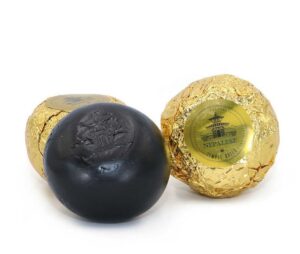There are many types of hash – Hash has been a popular pastime for people all around the world, and with contemporary technology, we can now access to a wide range of distinct kinds.
There are numerous distinct types of hashish to encounter throughout the world, but there is a forgotten craft to hash in the old-school style.
The Royal Nepalese Hash Balls are one of hash’s most unusual forms, standing out from the rest. For hash lovers in the 1970s and 1980s, Nepalese Temple Balls were a sought-after find, which has been enjoyed by just a few.
What is a Nepalese Hash Ball?
Imagine a smooth, slick, soft, dark coffee-colored sphere with a glistening sheen in your hands. The appearance of a Nepalese Temple Ball is similar to this.
Hemp hashish is a beautiful, translucent stone or deep marble with a mirror-like finish at specific angles that resembles a gleaming stone or deep marble.
The Royal Nepalese Hash has a smooth and creamy texture, like that of a freshly baked red velvet cake, as you make your way through it.
The Royal Nepalese Temple Ball, like the other two varieties of Nepalese temple balls, is a potent hallucinogen. It has a THC concentration of around 55-80 percent and the ability to transport you to legendary heights of euphoria.
This is a wonderful fragrance for people looking for something more elegant. When blended with its power, you get a fragrant scent with subtle tropical fruit and earthy undertones that softly envelops the olfactory senses.

Where to Find Nepalese Hash
Unfortunately, the Royal Nepalese Temple Ball has become a rare breed of hash in North America. They’re best consumed by harvesting them at home.
So, if you ever get the opportunity to build one, take it!
The Origins of the Nepalese Temple Ball
The Royal Nepalese Temple Balls are a centuries-old tradition in Nepal. Cultivators first cultivated Indica-dominant strains on the Nepalese Mountains and harvested them for hash production.
The Temple Ball Experience
THC Content
Nepalese Temple Balls are known for their tropical fruit flavor and subtle earthy fragrance, which is typical of all the many forms of hash available.
The presence of traces of pesticides or herbicides in cannabis strains has been associated with potential health dangers, as well as the fact that some THC is lost during the process. Of course, the type of cannabis strain utilized to generate hash will have a significant influence on its efficacy and flavor.
Nepalese Hash is a high-THC cannabis strain with a THC concentration of approximately 55 to 80 percent, which can enhance the concentration of high-quality cannabis cultivars by up to four times.
Texture
The Nepalese Temple Balls are smooth and fragrant, with a luxurious feel and flavor that is best appreciated in a glass pipe, dab rig, or even sprinkled on flowers.
The Nepalese Temple Ball, on the other hand, is a whole-plant cannabis concentrate that gives the entire plant’s experience without any components being removed, making it a great all-natural concentrate.
However, be careful when handling this kind of hash since it is greasy to the touch and may be tough to remove.

How Temple Balls Are Made
The Royal Nepalese Temple Balls are a combination of only two ingredients: dried cannabis and your hands.
To release the trichomes and resin from the bud, dried cannabis was originally rubbed and agitated with one’s hands. Once enough resin has accumulated on the palms, they will be sticky.
The resin would be mixed into a bread dough-like consistency by rolling it in a ball.
Furthermore, the Nepalese Temple Balls were occasionally aged before being consumed. Modern versions of the Nepalese Temple Ball, on the other hand, are quicker to prepare and frequently skip the aging process.
The Best Types of Hash in The World
What is Nepalese Temple Ball hash and how does it differ from other types of hash? To really comprehend the many forms of hash available all around the world, you must first understand how they’re made and why.
Another alternative is to go with a more aggressive, cutthroat technique in comparison to a more nuanced and selective one. It’s up to you ultimately.
Nepalese Hash and Solvent Extracted Concentrates
Nepalese Hash Temple Balls are considered to be somewhat less potent than other types of hash.
Your typical marijuana buds, on the other hand, are far less powerful than these. However, they are considerably more potent than your run-of-the-mill marijuana buds. They can easily keep a rhythm with their stronger relatives like honey oil or CO2 extracted concentrates, but they aren’t always the most effective cannabis medicines.
Nepalese Hash and Traditional Cannabis Concentrates

The Nepalese Temple Balls are often considered a step above other handcrafted techniques such as Finger Hash or Kief Hash.
The extra time required to process the buds results in a more fragrant and potent product, with the exception that it takes some time to cultivate.
Types of Hash – Additional Tips
Hand rolling may be a good place to start for individuals looking to experiment with hash production at home but who don’t want to spend money on equipment.
Crack, rosin, and bubble hash are all excellent starting places for individuals looking to take things a step further.
The Honey Oil distillate is a solvent extract that can be produced in small batches. Those who don’t mind putting in some extra time may get very good results from solvent extract distillates like Honey Oil.
Types of Hash – In Conclusion
When it comes to selecting the finest hash for oneself, you are the one who makes the decision. We hope this essay has clarified both the historical significance of hash and the Royal Nepalese Temple Balls.
The future of cannabis is bright, and with the invention of new hash products becoming more frequent, it’s never been a better time to be a marijuana user. Keep your eyes open for the newest and most intriguing items since today’s technology has opened the door for a plethora of new hash goods to be created for current users. Once again, have a nice day!
